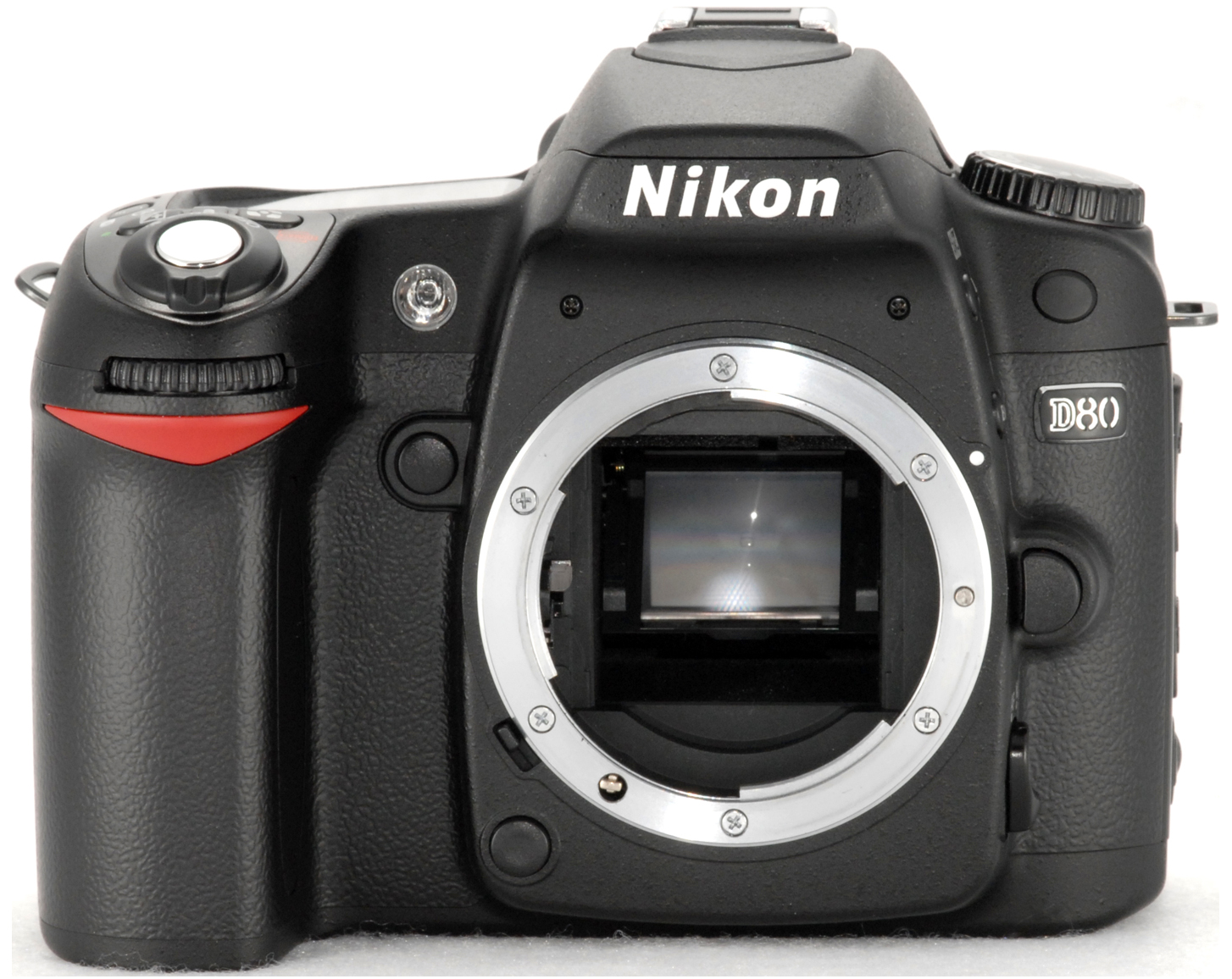Just started using an inherited D80 and discovered something puzzling with the pop-up flash used in a dimly lit room:
- With camera set to Auto, ISO 200, and Pop-Up Flash set to TTL, pressing the shutter button produces a well-lit image taken at a shutter speed of 1/60 of a second and aperture of f5.6.
- With camera set to Manual, ISO 200, Pop-Up Flash set to TTL, shutter speed set to 1/60 second, and aperture set at f5.6, pressing the shutter button produces a deeply underexposed image. (Same settings but with Pop-Up Flash set to Full Power, and the image is almost properly exposed, slightly overexposed.)
So, apparently, TTL does not work in Manual Mode (and seemingly not in P, A, or S mode either). Why would that be? Is there a setting I'm missing? Thanks in advance.
The default TTL method is i-TTL Balanced Fill Flash. This is what the camera uses when using matrix or center weighted metering. The camera attempts to create a balance between the subject and ambient or background exposure. This often works quite well but with some combinations of subject and background it can get thrown off.
When in the green Auto mode the camera uses Auto ISO. Even though you had set ISO to 200, was the ISO actually used 200 or did the camera bump it up to compensate for the dim lighting? I am guessing, perhaps incorrectly, that the actual ISO used was something higher than 200. Maybe at least 400.
When in Manual mode with auto ISO off and aperture and shutter speed fixed the only thing the camera can vary is flash output. The built in flash isn't particularly powerful and depending on the size of the room, brightness, shades of color or background and what the camera thinks is the subject it might have picked a lower flash power to try to get the subject and background exposure the same, possibly resulting in lower exposure. So perhaps both subject and background dim if the flash cant sufficiently light the background. According to the manual the effective range of the built in flash at ISO 200 and f/5.6 is 2-10 feet. ISO 400 and f/5.6 its 2-15 feet and so on
To get out of the balanced fill flash mode when in manual mode (or A and S, I don't recall off hand what it does in P) you can change the metering mode to Spot which will change the flash mode from Balanced i-TTL fill to Standard i-TTL fill. In Standard i-TTL the camera chooses a flash power to expose the subject, based on the selected focus point, and ignores the background. Depending on the subject you may need to dial in some negative flash exposure compensation.
Note that in P and Auto modes the maximum aperture (lowest numerical F number) is constrained by ISO with higher ISO restricting how wide you can open the aperture. For example at ISO 400 max aperture is f/5.6 and at ISO 1600 it is f/8!
I have learned that in M and A modes ( I dont use P, S, and Auto with flash) I get the best results if I use spot metering, set the shutter speed, aperture, and ISO for the background ambient light and exposure I want and thus let the camera chose the flash exposure for the subject. If the subject is too bright I will try again with some negative flash exposure compensation dialed in.
[ a little update:]
After writing all that above I decided to grab a camera and run a quick test. I have a room in my house that is 30' by 18'. At one end the wall is covered floor to ceiling with oak book shelves packed with books. There is a fire place in the middle and above that a light colored space in which is hung a large dark toned framed print. The room was lit at the time with two lights each with a 60wt warm tinted LED bulb. Its fairly dim. I stood five feet from the opposite wall on the long axis. 8 feet from me I set a golden brown colored stuffed animal on the back of a chair. The wall was at the far end of the range of the effective range of the flash at high ISO.
I put the camera in green auto mode so the camera is going to use matrix metering and auto ISO. The flash automatically deployed. I had set ISO 200 in the camera. Focused on the stuffed animal and took a photo. Lens was a variable zoom that I chose a focal length that it couldn't open any wider than f/5.6. In Auto the camera chose a shutter speed of 1/60 and an ISO of 1600 and produced a fairly well exposed image with the subject exposure pretty well balanced with the back wall. Since it illuminated the back wall it was probably a full power flash burst.
I then went to manual mode, ISO 200 (auto ISO off), shutter speed 1/60, aperture f/5.6, matrix metering, and captured an image. Subject stuffed animal was pretty dark as was the back wall but both were about the same brightness and thus balanced. But not a very useful image.
Next I changed to spot metering thus now in standard i-TTL. Subject well exposed, perhaps a bit bright and background much darker since the camera ignored the background though the subject. Captured another exposure with -0.3 flash compensation and the subject looked a better.
I then changed the shutter speed to 1/8 (3 stop difference
roughly correlating to the camera boosting ISO from 200 to 1600 in auto mode) and captured a shot. Basically changing shutter speed to get a good exposure of the background. A long exposure but subject and background brightness closer to the initial shot made in Auto mode.
--
If cameras and lenses can have autofocus then why can't I?

